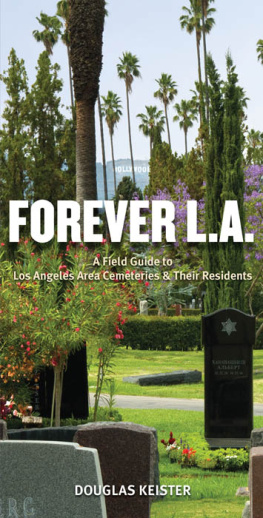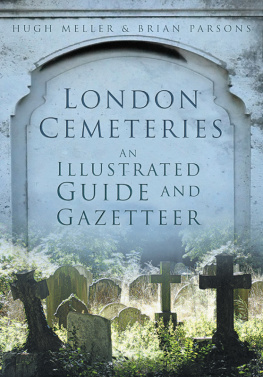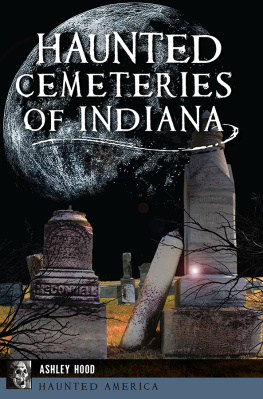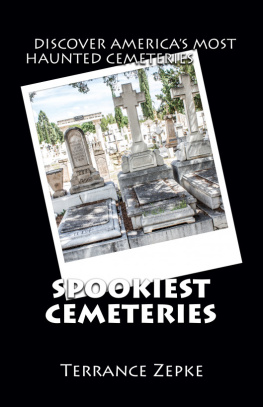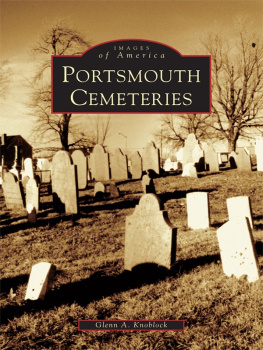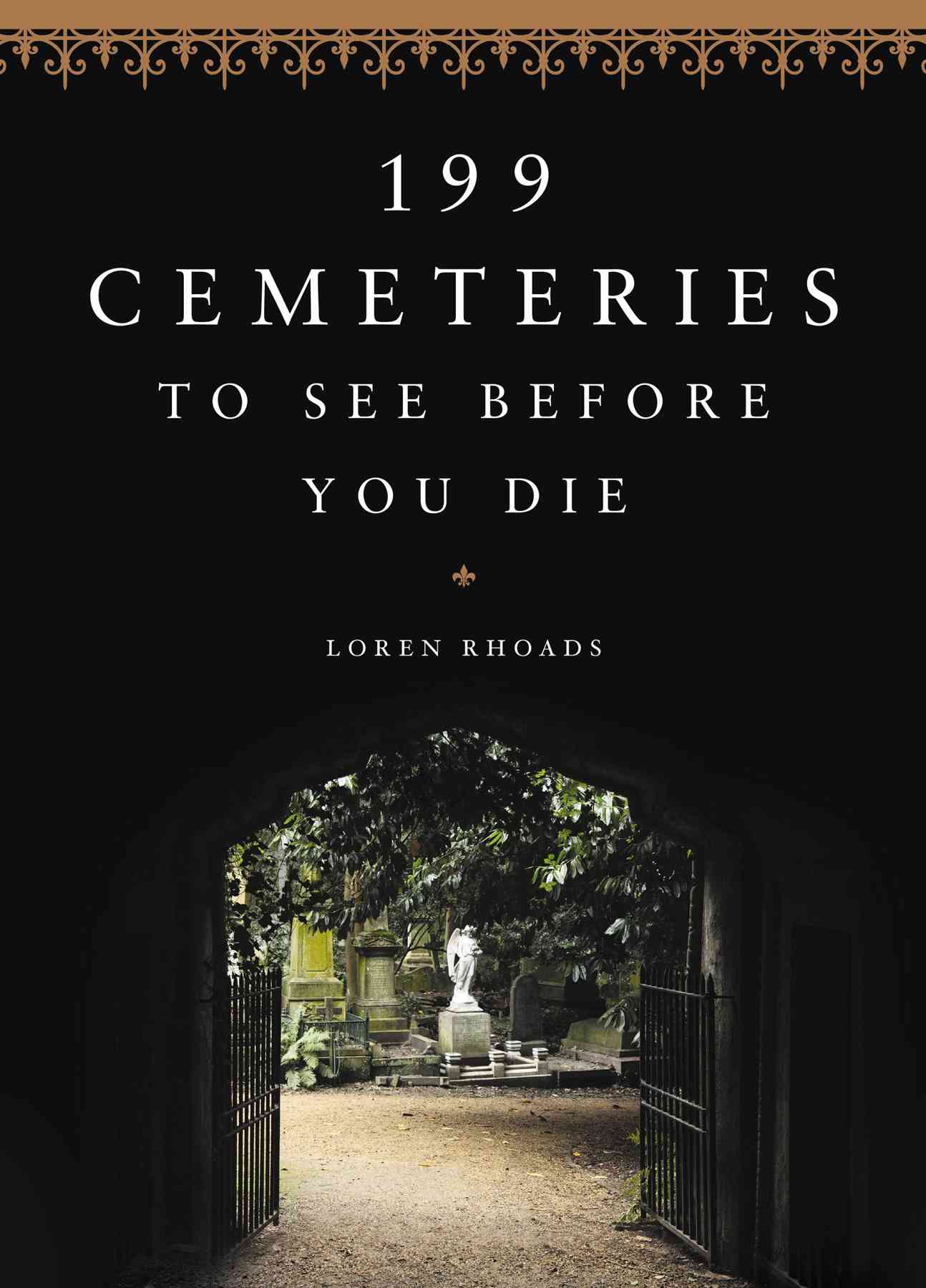Thank you for buying this ebook, published by HachetteDigital.
To receive special offers, bonus content, and news about ourlatest ebooks and apps, sign up for our newsletters.
The information provided in this book is based on sources that the author believes to be reliable and the author has attempted to verify its accuracy. All such information regarding individual products and companies is current as of the date of publication.
Text copyright 2017 by Loren Rhoads
Cover and interior design by Liz Driesbach
Cover copyright 2017 by Hachette Book Group, Inc.
Hachette Book Group supports the right to free expression and the value of copyright. The purpose of copyright is to encourage writers and artists to produce the creative works that enrich our culture.
The scanning, uploading, and distribution of this book without permission is a theft of the authors intellectual property. If you would like permission to use material from the book (other than for review purposes), please contact permissions@hbgusa.com. Thank you for your support of the authors rights.
Black Dog & Leventhal Publishers
Hachette Book Group
1290 Avenue of the Americas
New York, NY 10104
www.hachettebookgroup.com
www.blackdogandleventhal.com
First ebook edition: October 2017
Black Dog & Leventhal Publishers is an imprint of Hachette Books, a division of Hachette Book Group. The Black Dog & Leventhal Publishers name and logo are trademarks of Hachette Book Group, Inc.
The publisher is not responsible for websites (or their content) that are not owned by the publisher.
The Hachette Speakers Bureau provides a wide range of authors for speaking events. To find out more, go to www.HachetteSpeakersBureau.com or call (866) 376-6591.
Additional photo credits information is on .
ISBN 978-0-316-47379-8
E3-20170926-JV-PC
W hen you stop to notice, you realize people are buried everywhere. Every tourist destination has a cemetery, from New York City to Hong Kong to the Isle of Iona. Some tourist destinations are tombs: the Great Pyramids of Egypt or the Taj Mahal or the Royal Mounds of Gamla Uppsala in Sweden, for instance. There are permanent residents in museums, houses of worship, ghost towns, battlegrounds even in national parks. You may have already visited someones grave without giving it a second thought, if youve been to Pompeii or Westminster Abbey or the USS Arizona Memorial at Pearl Harbor.
Why would anyone go out of the way to visit a graveyard intentionally? In addition to the fascinating stories they contain, cemeteries can be open-air sculpture parks full of one-of-a-kind artwork. They provide habitats for birds and wildlife, as well as arboretums and gardens of surprising beauty. Cemeteries appeal to art lovers, amateur sociologists, birdwatchers, master gardeners, historians, hikers, genealogists, picnickers, and anyone who just wants to stop and smell the roses. Our relationships with the places we visit can be deepened and enriched by learning the stories of those who cameand stayedbefore us.
While 199 cemeteries may seem like a lot, that number really just scratches the surface of the possibilities of cemetery travel. I wanted to spotlight beautiful places, because I think we sometimes overlook beauty in our rush through our day-to-day lives. I also wanted to focus on historical sites, especially places where history has changed in the telling over the years. I wanted to look at familiar stories and to remember lesser-known people, knowing as I did that any list of gravesites is idiosyncratic and reflects the collectors fascinations and eccentricities.
I tried to include as wide a range of locations and cultures as possible, while being reminded that permanent grave markers are a luxury not everyone can affordand not every culture chooses to create permanent memorials to their forebears. Sometimes I couldnt find enough information about a site to write an entry. Other times, the graveyards were too fragile for visitors. This book is by no means the final word on funeral customs, because humans are so various in their traditions. Hopefully, your curiosity will be sparked and youll use this book as a jumping-off place to learning more.

Rule number one about visiting cemeteries is to be respectful. Dont interrupt or impede mourners. Even cemeteries that are closed to new burials deserve to be treated like something precious and irreplaceable, because they are. Just as you would when visiting a pristine wilderness, take nothing but photographs. If you find a grave marker thats brokenor in danger of breakinglet the grounds crew or office staff know. Leave everything where you find it so the next visitor can enjoy it as much as you have.
Whether you take a tour or follow a guidebook or simply wander on your own, be aware of your surroundings. Most graveyards are safer than city streets, but if you feel unsafe, listen to your intuition. Ive never had any problems on my cemetery travels, but I have seen rattlesnake skins shed in the grass and roamed alone to some pretty isolated spots. Stay alert.
Theres nothing like visiting a cemetery to give you a little perspective, to remind you that every day aboveground is a good day. I hope you find some inspiration for your travels here.
Pepperell Road, Kittery Point, Maine
http://www.kitterypointucc.org/church-history.html
I n the mid-1600s, the British claimed large stretches of Maine for timber to build ships. The town of Kittery was organized overlooking the Piscataqua River in 1647. Like many small European outposts, the village struggled to protect itself from local natives. For safetys sake, the region became part of Massachusetts in 1652. That arrangement required every town in Maine to provide a meeting house and a preacher.
Kitterys First Congregational Church was built in 1730. In addition to serving as a place of worship, the church provided a stronghold against Native American attacks, a weapons storehouse, and the site of the villages whipping post.
The graveyard stands across the street from the church. The congregation built the stone wall around it in 1733. The burying ground grew so popular that the congregation began to charge two dollars for a lot. Survivors were required to bring enough dirt to cover the coffin.
Starting with 18th-century slate stones, the Old Parish Burying Ground illustrates two and a half centuries worth of gravestone trends. Iconography spans from winged deaths heads to apple-cheeked angels leaning their heads together beneath a single crown. Later tombstones are decorated with weeping willows or urns. Most prevalent are Victorian-era marble tablets adorned with flowers. Twentieth-century graves are marked with polished granite blocks.


